Grooming tips for woolly and long-haired rabbits
May 19, 2021So you have decided to take the leap and welcome a long-eared friend into your home – wonderful!
Woolly and long-haired rabbit breeds such as Angora and Cashmere make fantastic companions, full of personality, affection and fun-loving natures. However, new owners sometimes miscalculate just how much maintenance their coats need and how much effort it entails.
Similar to dogs and cats, rabbits require regular grooming to maintain their health. Plenty of complications can arise if a rabbit’s grooming is neglected, especially in a warm climate. When maintained properly, rabbits are so much healthier and happier – as you can see from Theo, below!
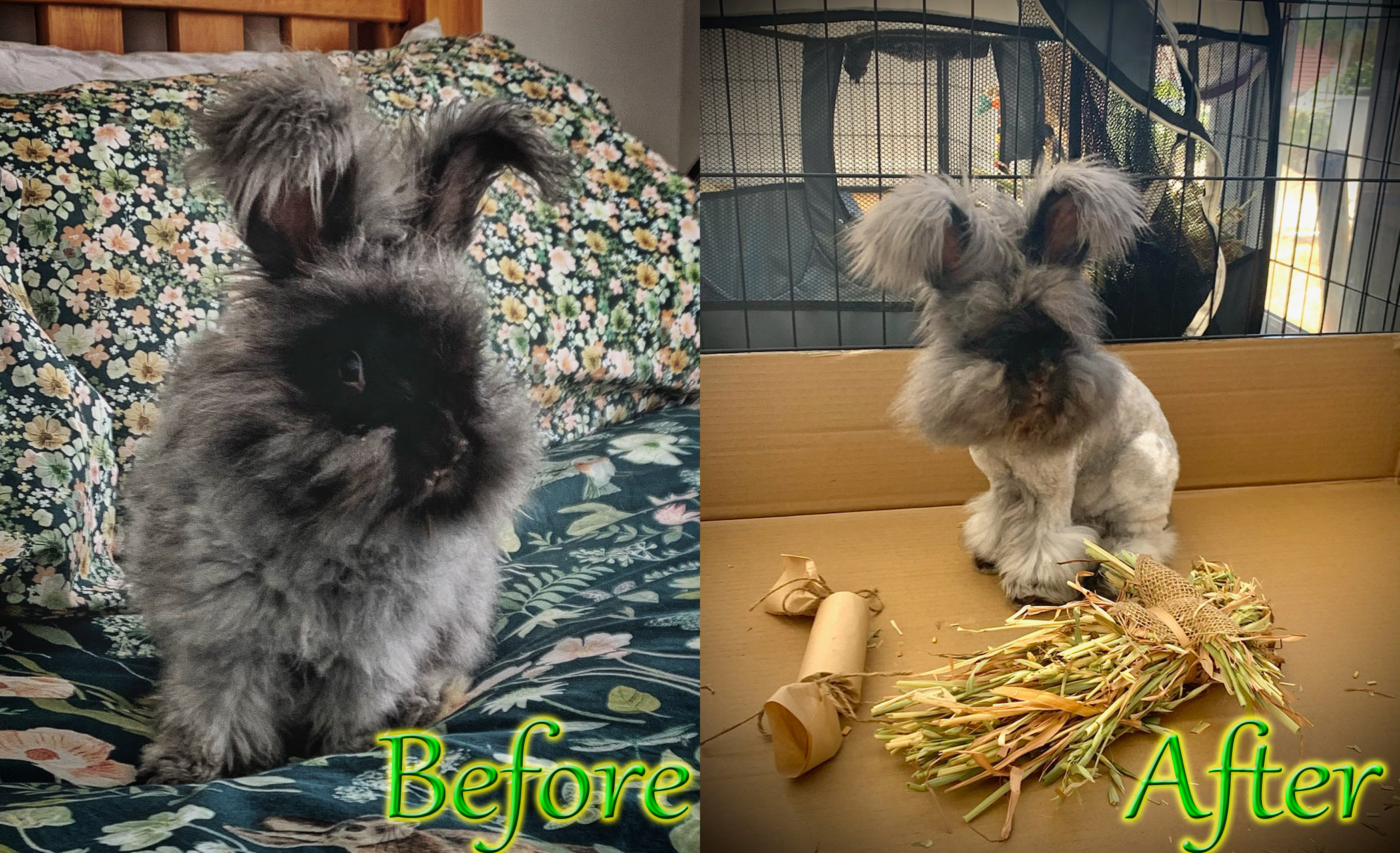
Forgetting to groom can be dangerous
When rabbits are not groomed, or groomed adequately, it can have medical implications. Poorly maintained rabbits ingest larger quantities of hair, which can cause blockages in their gastrointestinal tract, a condition known as “wool/hair block”. Rabbits can not digest wool or hair and so wool/hair block is serious and requires immediate veterinary attention.
Matting can and often does cause pain, discomfort and – in more serious cases – leads to open wounds and restricted mobility.
Overgrown toenails can put a strain on their joints and also be very uncomfortable.
If soiled fur is not properly cleaned, it can cause flystrike, a potentially fatal condition. Flystrike occurs when flies lay eggs in dirty and matted fur. In just two hours, maggots hatch and begin eating their host’s flesh. This is just one of many reasons to house rabbits in insect-proof enclosures, whether the enclosures are inside or outside.
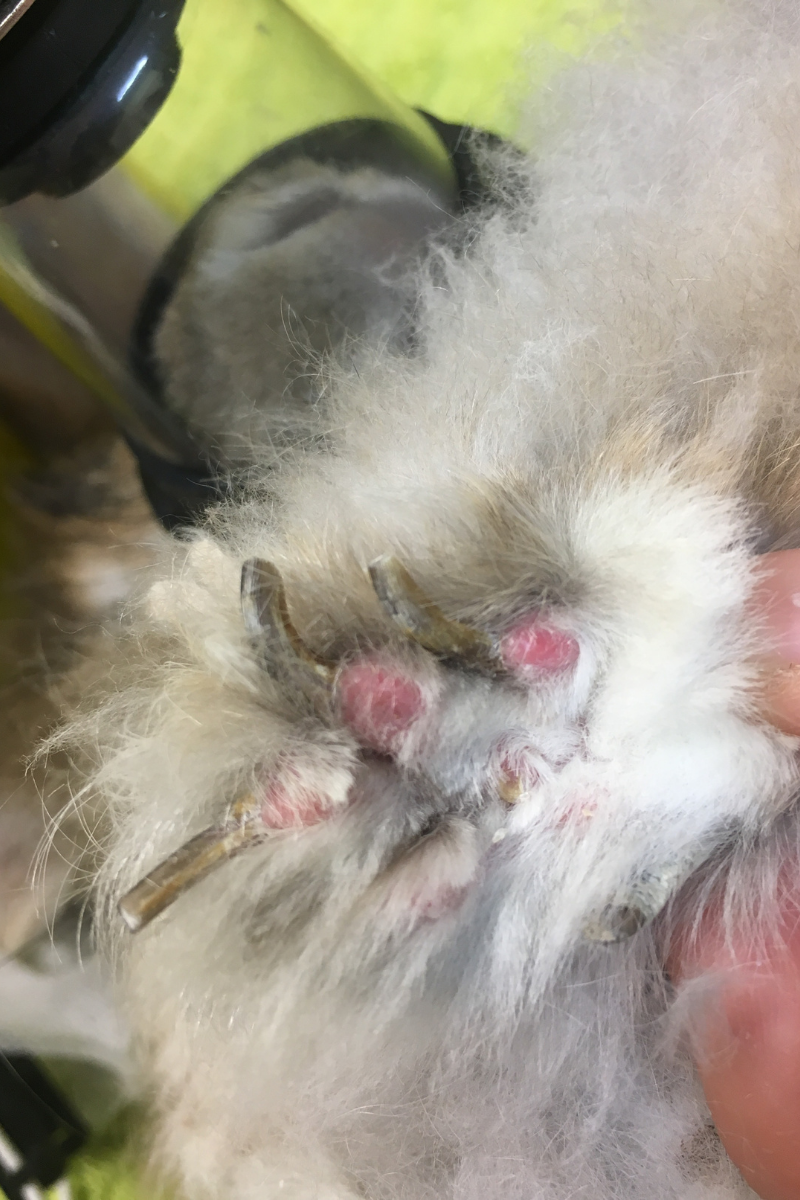
Before you begin
Hold your rabbit in a safe and secure position. Make sure all their paws are on a flat surface. Avoid laying a rabbit on its back unless you have been shown how to do this properly, or an experienced person is doing it for you. Rabbits can strongly kick out if uncomfortable, risking injury to the holder.
A rabbit has delicate skin, so be gentle and choose your equipment carefully. The brush you use on your dog or cat is probably too harsh for your rabbit’s sensitive coat.
Make sure you have a slicker brush specific to your breed; a rubber zoom groom comb, soft brush and nail clippers are also all essential items for your grooming kit.
It should be possible to blow on the wool or hair and see down to the skin underneath. If not, this indicates that the area needs more frequent gentle brushing.
No two rabbit coats are identical. If one brush does not work for your particular rabbit, try another type of brush. Problem areas to keep watch out for are the neck, chest, armpits, groin and rump.
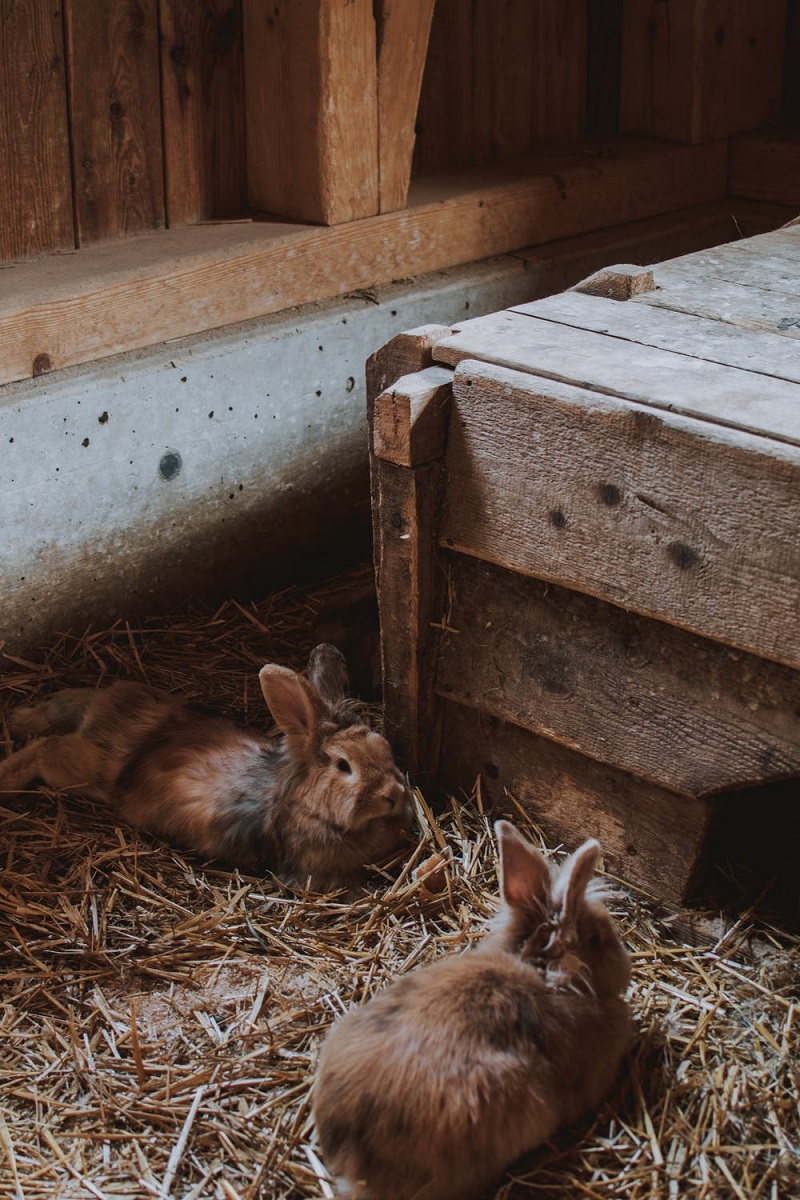
Know your coat
Woolly and long-haired rabbit breeds require significantly more attention than short-haired breeds. Their coats need daily grooming and maintenance to avoid the health risks mentioned earlier.
Woolly and long-haired rabbit breeds can also be trimmed or “clipped” to help maintain the length of their coat. Sometimes shearing is required, although this does not constitute “shaving”.
Shearing can leave anywhere from a fraction of a millimetre through to a centimetre or so of the coat, depending on the equipment used and the coat’s condition. If you choose this option, we recommend seeking the assistance of a professional groomer who is experienced with rabbits.
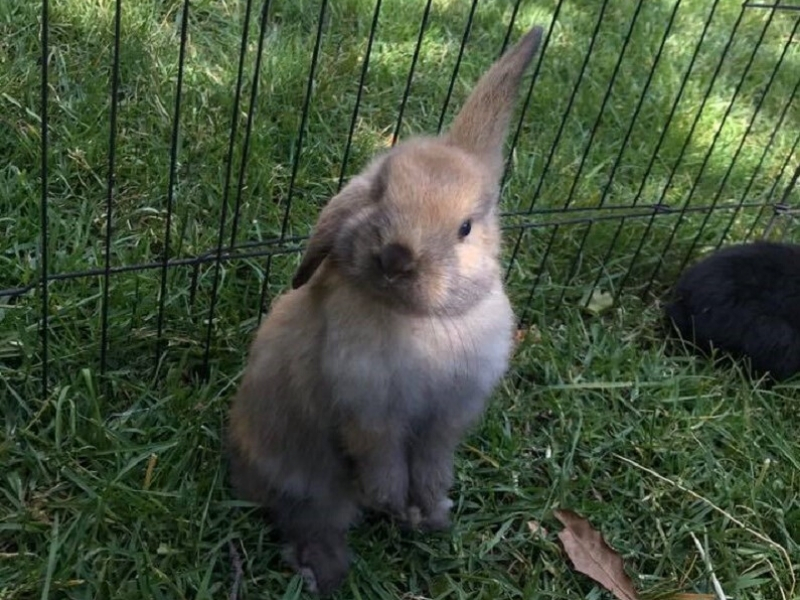
Clipping their nails
Toenail clipping can be daunting to both you and your rabbit, so – where possible – we recommend starting this process while your bunny is young. You will gain experience as your rabbit grows and they, in turn, will become more comfortable with you touching their feet.
Having some rabbit-friendly treats on standby is a good way to reassure and reward their calm behaviour.
If cut too short their nails will start to bleed, which can be an unsettling experience for you both. Your vet can show you a safe length for your rabbit’s nails.
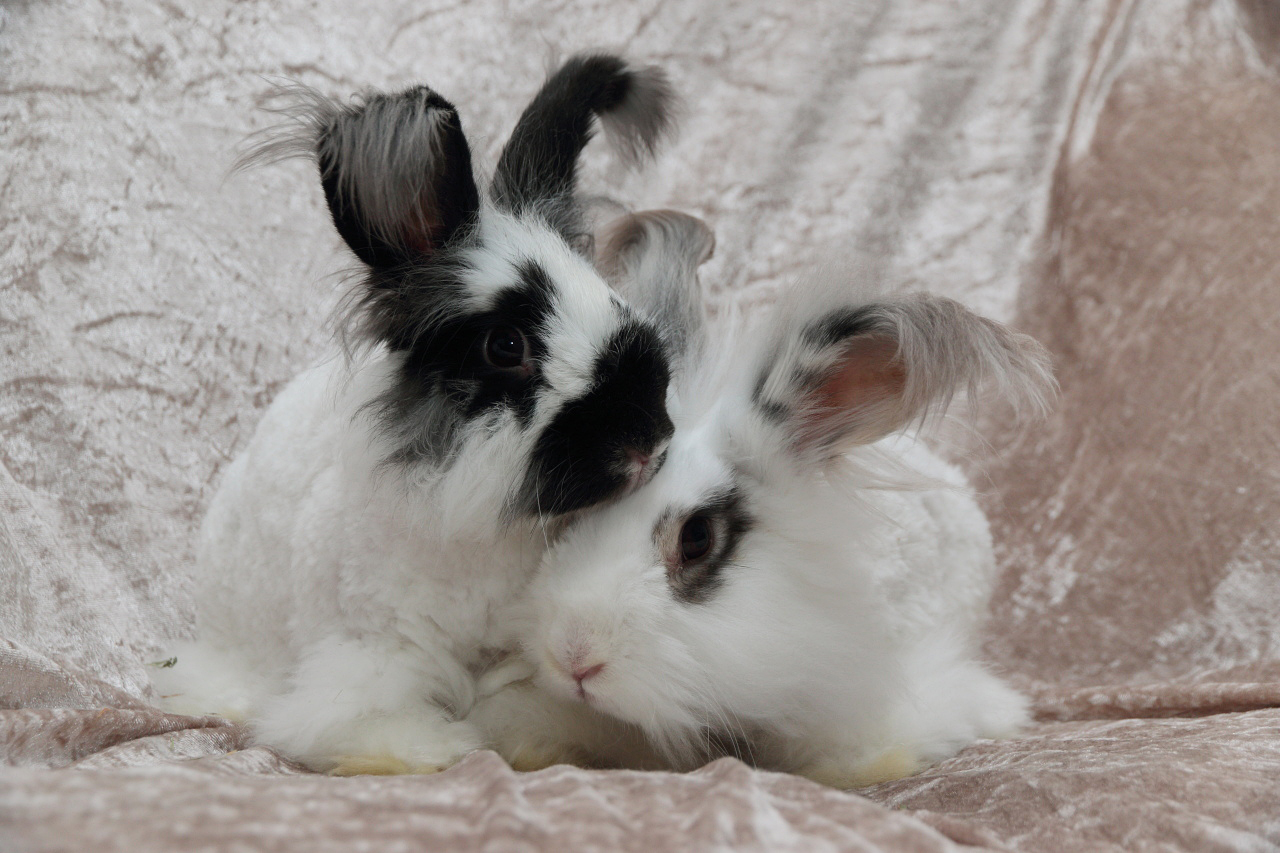
Our dedicated rabbit grooming and shearing specialists, volunteers Tim and Jodie Sills, demonstrate how to properly groom and shear woolly and long-haired rabbits in the timelapse video below.
The bunny in this video is well maintained, yet the process still took a total of one hour and 15 minutes. For bunnies with some degree of matting and/or other problems, it is likely to take longer. Several breaks may be necessary to keep your rabbit’s stress and discomfort to a minimum.
“The bunny in the video (Daisy) was adopted from the Lonsdale shelter and is frequently groomed and sheared to keep her in tip-top condition,” said Tim.
“Once you have seen a freshly sheared bunny hopping happily around the house because of the newfound freedom of not having to carry a thick, cumbersome coat, you will never doubt the benefits of regular maintenance.”
If you are looking for a long-eared companion, we have plenty of gorgeous rabbits as well as other smaller animals looking to find their forever homes on our adoption page.



